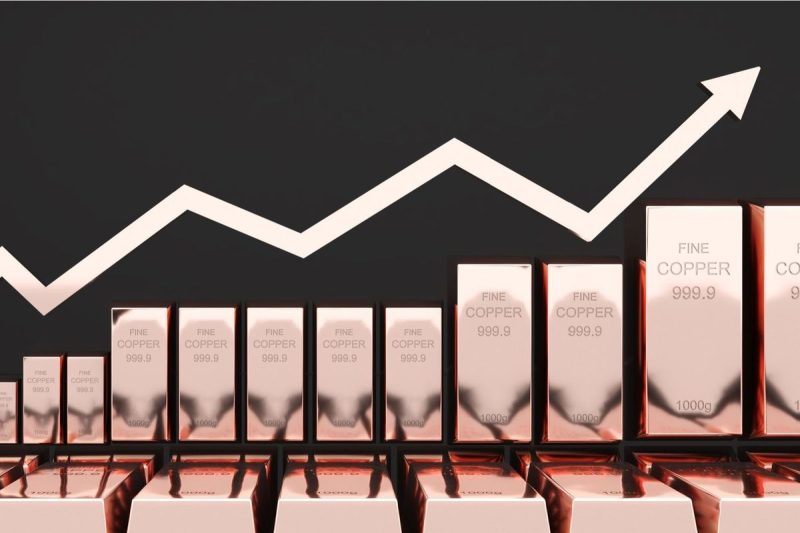Investing in Copper: A Comprehensive Guide
Understanding the Copper Market:
Copper, often referred to as Dr. Copper, is a valuable industrial metal that plays a crucial role in various sectors of the economy. Its versatile properties make it a sought-after commodity in industries such as construction, electronics, and transportation. Investors keen on diversifying their portfolios often look to copper as a strategic investment due to its significance in the global economy.
Factors Influencing Copper Prices:
Several factors influence the price of copper, making it essential for investors to stay informed and adaptable in their investment strategies. Demand from emerging economies, such as China and India, significantly impacts copper prices. Additionally, geopolitical events, supply disruptions, and currency fluctuations can all contribute to market volatility. Understanding these factors is key to making informed investment decisions.
Ways to Invest in Copper:
Investors have various options when it comes to investing in copper, each with its own benefits and risks. One common method is to invest in copper mining companies. By purchasing shares in these companies, investors gain exposure to the copper market’s performance.
Another option is investing in copper exchange-traded funds (ETFs), which track the price of copper. These funds provide a convenient and cost-effective way to gain exposure to copper without directly investing in physical copper or mining stocks. Moreover, investors can use futures contracts to speculate on the future price of copper.
Risks and Considerations:
While investing in copper can offer lucrative returns, it is essential to be aware of the risks involved. Copper prices are inherently volatile, subject to sudden fluctuations due to various factors. Investors should also consider global economic trends, political developments, and environmental regulations that can impact the copper market.
Furthermore, investing in copper mining companies carries additional risks, such as operational challenges, labor disputes, and regulatory hurdles that can affect stock performance. Diversifying your investment portfolio is crucial to mitigate these risks and ensure a balanced approach to copper investing.
Conclusion:
In conclusion, investing in copper can be a rewarding opportunity for investors seeking diversification and exposure to the industrial metal market. By understanding the factors influencing copper prices, exploring various investment options, and managing risks effectively, investors can make informed decisions to capitalize on the potential returns offered by the copper market. As with any investment, conducting thorough research and seeking professional advice can help investors navigate the complexities of the copper market and optimize their investment strategies.
